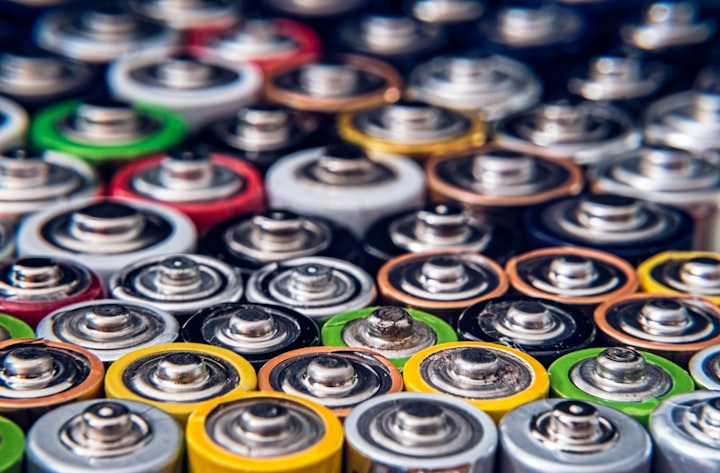Saudi Arabia leads smart city development by building the world’s largest ‘floating’ business city
The Saudi leadership aims to redefine the way living, work and technology coexist improving wellness, employability for all while preserving the environment

Smart cities mega-projects have been floating around for a long time and have promised to improve and transform the way we live, work and interact with the environment. They have been often applauded as the integrated way to address innovation, sustainability and social good. However, very few have become a reality as these visionary projects are cash intensive and they have yet to prove their financial, environmental, and human returns. One of them, Masdar City in Abu Dhabi, which is a subsidiary of Mubadala Development Company has been celebrated internationally as a pioneer project that takes cutting edge technologies and the Net-Zdro carbon emission agenda to a new level.
One of the most promising, that is catching the attention of international investors, technologists, and environmental leaders, is Saudi Arabia’s Oxagon, one of NEOM’s smart city pilots, the Saudi 500-billion-dollar city of the future projects. Oxagon aims to redefine the way living, work and technology coexist improving wellness, employability for all while preserving the environment. Neom was launched in 2017 by HRH Mohammed bin Salman, the Saudi Crown Prince, to redefine and rebalance the Saudi economy, investing in renewable energy, impactful technology and opening the Kingdom to international tourism and entertainment as prioritized in Vision 2030. The Crown Prince aims to build the foundation to diversify its hydrocarbon-based economy to ensure that the Kingdom becomes a more diversified and competitive global country of reference. In order to make this happen however, the Crown Prince needs to demonstrate that this is financially viable and that he can attract the talent and financing needed to make this a viable modle.
Oxagon is an astute effort that aims to become the world’s most technologically advanced logistics hubs with state-of-the-art integrated port and logistic center of excellence. This floating business platform will be powered by AI, machine learning and robotics attracting top global talent and making this spot in the Red Sea near the Suez Canal, the “hottest business spot” in the world aspiring to become the Silicon Valley in the Middle East. Just a matter of reference, 14% of global trade flows through Suez which gives Oxagon an extraordinary advantage as a logistic and port of the future service hub. Oxagon will be entirely carbon emission free, as it will be 100% powered by clean energy, including solar, wind and green hydrogen. This is in line with the energy transformation that the Kingdom is pioneering within OPEC, and which will result in the country becoming the Global Green Hydrogen supply center of choice. Saudi is already the pioneer in Blue Hydrogen (produced from fossil fuels) which is currently more cost effective, and which will pave the way the creation of the global infrastructure needed to make Green Hydrogen more cost competitive.
Green Hydrogen cost more compared to grey and Blue Hydrogens, both of which are still produced from more polluting fossil fuels. For Green Hydrogen to be competitive, costs must be driven down to below $2/kg (hydrogen from renewable sources cost between $6 to $12 per Kg). Perhaps a way to get there, is to accelerate the production of the most cost-effective Blue Hydrogen to pave the way for a future dominated by Green Hydrogen. Saudi Arabia and United Arab Emirates are the leaders in Blue Hydrogen production, and they use Carbon Capture and Storage (CCS) recycling carbon dioxide for other uses, when hydrogen is produced from fossil fuels. These countries are investing massively in Blue Hydrogen to reach their decarbonization targets and shift their economies towards a more Environmental, Social and Governance focused approach. What makes Blue Hydrogen interesting, is that it can be produced at US$ 2.27/kg (according to the US Department of Energy) and with a much lower carbon footprint than Grey Hydrogen.
Final Thoughts
Oxagon regulatory and fiscal benefit supported by a direct stock-exchange listing for tech companies (when implemented) will attract investors, entrepreneurs, and cutting-edge sectors specialists as this is the future of living, investing, and doing business. Additionally, Oxagon fits squarely in the blue and green economies models which are based on sustainable ocean management and environmental preservation. As urbanization continues and relocations to coastal areas accelerate globally (more than 3 million people move to coastal cities each week according to Arabian Business), I believe Oxagon represent an attractive model to bring people, and tech companies together to enhance economic resiliency, environmental preservation, and shared prosperity. The path so success will not be simple, as the project will cost billions of dollars and Saudi Arabia will have to compete with its neighbors to make Oxagon the most compelling case to attract talent and investment.
About the Creator
Andrea Zanon
Andrea Zanon is an international sustainable development and empowerment specialist who has dedicated his life to reducing poverty, promoting sustainability and empowering ambitious people






Comments
There are no comments for this story
Be the first to respond and start the conversation.